A recent study from Common Sense Media points out a new and troubling kind of digital divide -- an "app gap" between children from higher-income homes and children from low-income households.
While apps have become commonplace in many affluent homes, the study reveals that lower-income kids are losing out:
• Only 27 percent of lower-income children have a parent with a smartphone, whereas 57 percent of higher-income children do.
• Merely two percent of lower-income children have a tablet device such as an iPad at home, as compared to 17 percent of higher-income children.
• Just 14 percent of lower-income parents have ever downloaded apps for their kids, as opposed to 47 percent of higher-income parents.
Why does this matter? Research has proven that educational apps can be effective learning tools. For example, a recent study with kids from Title I schools found that those who played "PBS KIDS' Martha Speaks Dog Party" app for two weeks had up to a 31 percent gain in vocabulary tested.
Taking Common Sense Media's findings to heart, along with the growing body of research showing the potential of apps to support learning, our team at PBS has been working hard to find ways to help close the app gap.
With a first-of-its-kind collaboration, we are working with our partners at the Corporation for Public Broadcasting and the U.S. Department of Education to deliver app codes at no cost to Head Start centers and other community-based organizations across the country, which offer low-income families access to mobile and tablet devices. Through this initiative, PBS stations and Head Start centers are mobilizing nationwide to increase kids' access to educational mobile content in undeserved communities, by loading apps onto devices in the places where they learn and play.
From now through September, two new apps based on The Jim Henson Company series "Dinosaur Train" will be distributed at no cost to devices that serve children in Head Start centers, Title I schools, and other organizations in low-income areas. The PBS KIDS apps, All Aboard the Dinosaur Train! and Dinosaur Train Camera Catch!, leverage leading-edge technologies to help children ages 3 to 5 build key math skills, including patterning and problem-solving.
Some will continue to debate whether apps are appropriate for kids at all -- regardless of income. But we've found that not only are touch screen apps intuitive and age-appropriate for young children, they also have powerful learning potential. Rather than question whether apps are right for children, we need to focus on finding the right apps for our kids. At PBS we're committed to developing high-quality, educational content including TV programming, online games, and mobile apps, because we know that when media is both curriculum-based and engaging, it can help bridge the achievement gap. And with so many promising new media platforms, we simply cannot miss this huge and growing opportunity to serve America's children.